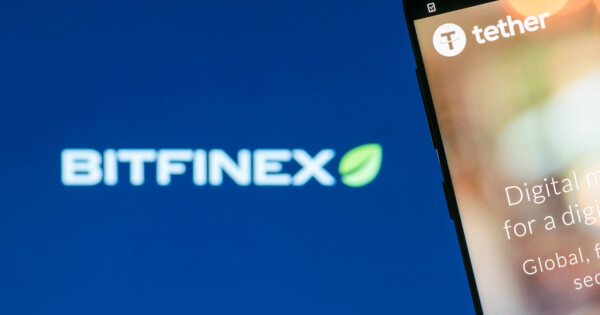Joerg Hiller
Jun 20, 2025 14:00
Bitcoin’s Initial Block Download (IBD) process has seen significant improvements, enhancing efficiency and reducing resource demands through innovations like headers-first synchronization and AssumeValid, according to Bitfinex.
Efforts to enhance Bitcoin’s Initial Block Download (IBD) process have evolved significantly, transitioning from early sequential synchronization models to contemporary innovations such as headers-first synchronization and AssumeValid. These advancements aim to make running a full node more efficient by reducing the time, bandwidth, and computational resources required to verify the entire blockchain, according to Bitfinex.
Modern Innovations in Bitcoin IBD
The IBD process, which involves a Bitcoin node synchronizing with the network by downloading and verifying the entire blockchain, has historically been resource-intensive. Early implementations required nodes to sequentially download and validate block data from the genesis block to the present. This method was inefficient and vulnerable to resource-exhaustion attacks. To address these issues, Bitcoin Core introduced the headers-first synchronization method in version 0.10.0, allowing nodes to initially download and verify block headers before retrieving full blocks in parallel from multiple peers, thus improving both efficiency and security.
Additional enhancements include the AssumeValid feature in Bitcoin Core 0.14.0, which allows nodes to bypass signature verification for blocks preceding a specific block hash, assuming those blocks have been validated by the broader network. This feature improves performance, particularly for devices with limited computing power.
Innovative Node Implementations
Alternative node implementations have explored novel approaches to IBD. Libbitcoin, a full-node software employing an event-driven architecture, parallelizes validation tasks to significantly improve IBD performance. Designed by Eric Voskuil and Amir Taaki, Libbitcoin breaks tasks into independently ordered stages and optimizes bandwidth usage across multiple peers.
Libbitcoin’s architecture emphasizes asynchrony and flexible validation logic, offering substantial performance improvements without compromising Bitcoin’s consensus rules. Informal benchmarks indicate that Libbitcoin can complete IBD faster than Bitcoin Core under similar assumptions, despite lacking some optimizations like up-to-date cryptographic libraries.
Future Directions and Significance
The Bitcoin community continues to pursue transformative solutions to further optimize IBD. The AssumeUTXO proposal, currently in development, would allow nodes to function before completing full validation by bootstrapping from a snapshot of the UTXO set. This method temporarily trades trust assumptions for improved sync speed while still completing validation in the background.
Other efforts, such as Utreexo and ZeroSync, aim to enable lightweight Bitcoin clients by reducing the need to store or download the full blockchain. Utreexo compresses the UTXO set using Merkle trees, while ZeroSync employs zero-knowledge proofs to verify the chain’s state without requiring sequential block validation.
Improving the IBD process is crucial for Bitcoin as it directly impacts the network’s accessibility and decentralization. As the blockchain grows, the time, bandwidth, and hardware requirements for IBD increase. Efficient IBD ensures that more participants can rapidly deploy new nodes, maintaining network resilience and scalability. Enhancements like headers-first synchronization, AssumeValid, and emerging proposals like AssumeUTXO and Utreexo aim to streamline IBD without compromising Bitcoin’s trust-minimized design, ensuring that Bitcoin remains accessible and viable for future generations.
Image source: Shutterstock
